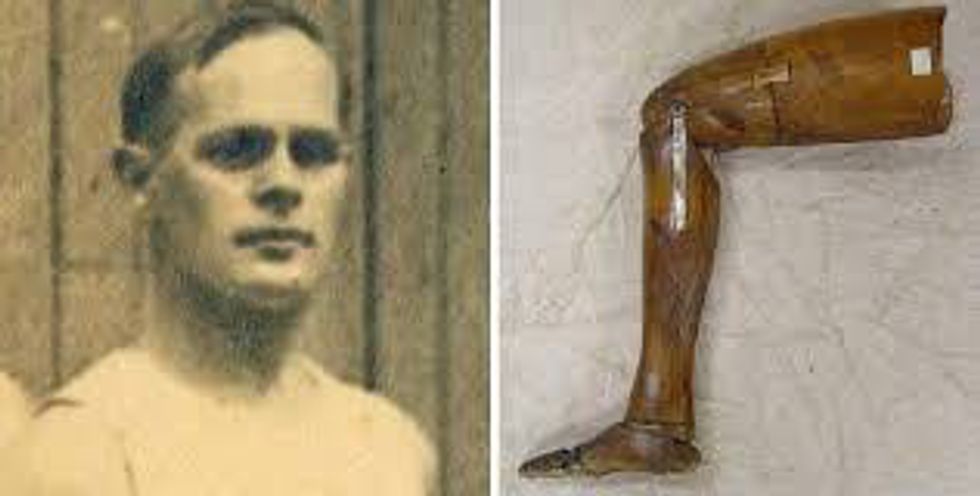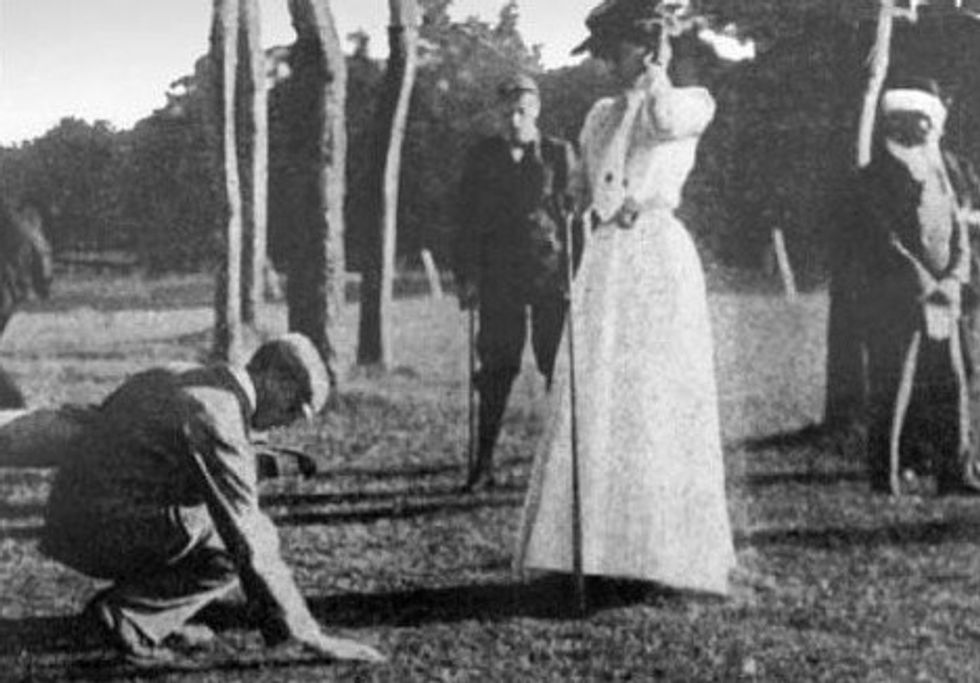1. Gold medals aren't solid gold.
Gold medals haven't been composed of solid gold since 1912 due to cost. Gold and silver medals both feature the same amount of silver: 92.5 percent. However gold medals are then plated with 6 grams of gold. Bronze medals usually have a bronze, copper, and tin composition.2. The United States doesn't dip their flag, unlike other countries.
The majority of teams participating in the Olympics dip their flags as a sign of respect toward the host nation's leaders. However, the U.S. does not. This has allegedly been the case since 1908 when Ralph Rose allegedly refused to dip his U.S. flag at the London Olympics, supposedly declaring, "This flag dips for no earthly king."
3. The U.S. holds 980 gold medals.
This is more than any other country. Not including medals won thus far in the 2016 Rio Summer Olympics, the United States holds a total of 2,411 medals, with 980 gold, 759 silver, and 672 bronze.
4. The Olympic flame is always lit with the sun.
Every year, the Olympics are kicked off with a ceremonial flame lighting in Greece at the ruins of ancient Olympia. Olympia was the founding area of the Olympics, with the first games dating back to 766 BC. Typically, an actress dressed as a pagan priestess ignites the flame using a concave mirror that concentrates the sun's light and heat on a torch, creating the flame.
5. There have been mascots for every winter and summer Olympic games since 1968.
For the 2016 summer Olympics in Brazil, the mascot is named "Vinicius", a mixture of various Brazilian animals. Vinicius is said to stand for diversity among Brazillian culture and its people and was named after Brazilian musician Vinicius de Moraes.
6. Golf and rugby have not been Olympic sports since 1924 until 2016.
Golf and rugby made their long awaited return after over 100 years of absence to the Olympics in 2016, and are scheduled to also be summer Olympic events in 2020.
7. Art competitions were considered Olympic events from 1912 to 1948.
8. Gymnast and amputee George Eyser won 6 medals (including 3 gold) in 1904.
George Eyeser lost the majority of his leg after a train accident and received a wooden prosthetic leg which allowed him to perform physical activities. Eyeser competed in the 1904 Olympics despite his impairment. He won 3 gold medals for parallel bars, long horse vault, and 25-foot rope climbing, 2 silver medals for pommel horse and the 4-event all-around, and 1 bronze medal for horizontal bar. Before Natalie du Toit, a South Aftican swimmer, competed in the 2008 Olympics, Eyser was the only emputee competitor to participate in the Olympics.
9. The Olympic Flag Represents every region on Earth.

10. Johnny Weismuller, a swimmer, was a five-time gold medalist who also starred in 12 Tarzan movies.
Johnny Weismuller became an actor in 1932 after completing his Olympic career. Weismuller is credited with creating the famous "Tarzan yell". He never lost a race throughout his 10 years of competitive swimming, and was the first man to swimm the 100-meter freestyle in under one minute.
11. Margerett Abbot became the first American woman to win Olympic gold (on accident).
12. Fred Lorz was disqualified for riding in a car during an Olympic race.
13. The first African competitor to win a marathon event won while running barefoot.





























